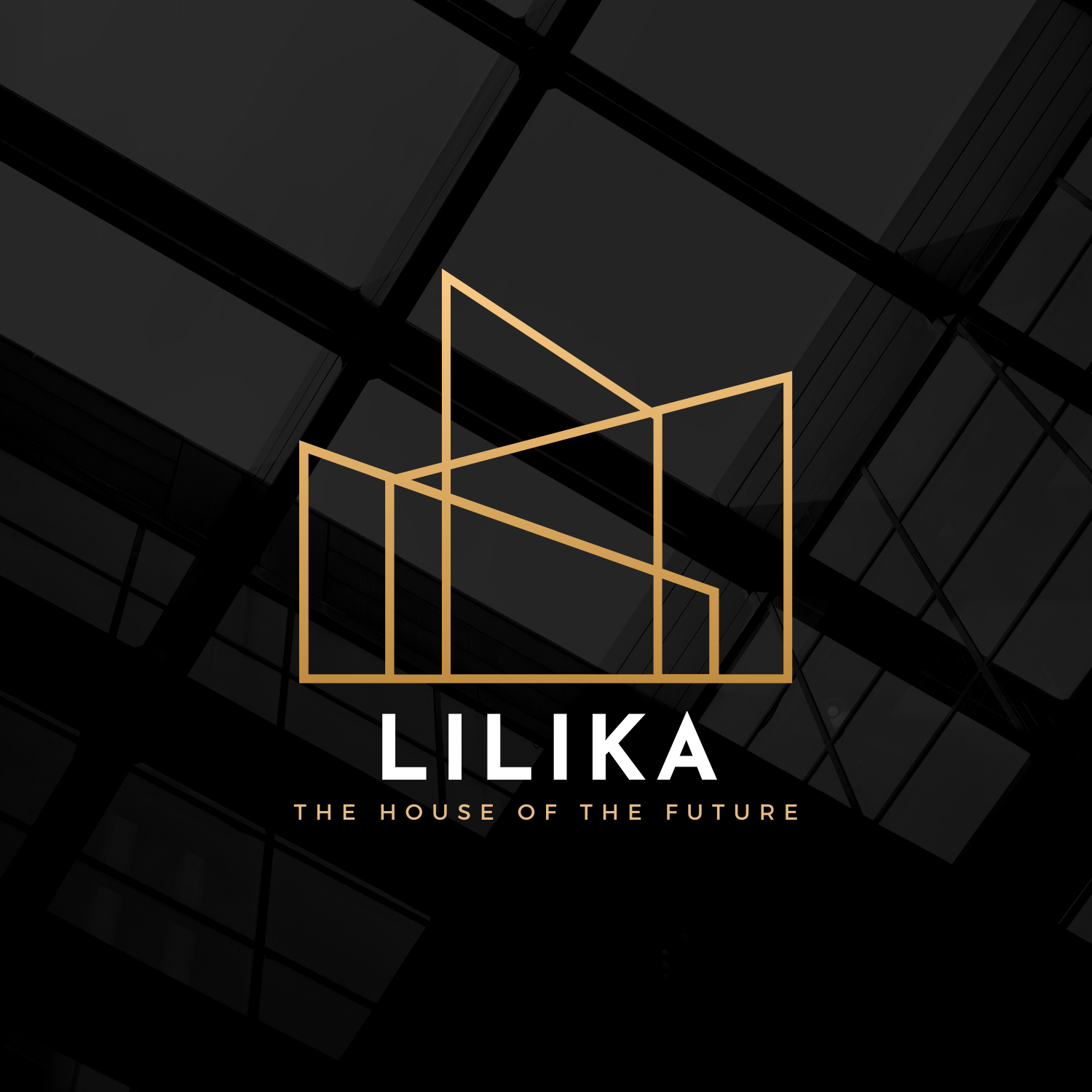Content
Services include counseling, student health clinic, student health insurance, and health promotion. Staff in Academic Advising work with students who have questions about the general education requirements and interpretation of the academic procedures and policies of the University. As well, staff in Academic Advising assist students in acquiring study skills, and strive to help students become more proficient, self-directed learners. The coaches offer services in time management, note-taking, text-book reading, study strategies, writing skills, and exam preparation.
Transitioning into sober college housing helps students live a life of recovery while thriving in a community of accountability and support. While there isn’t an exact length of time that everyone should stay in one of these programs, you definitely shouldn’t leave before you’re ready. According to the National Institute on Drug Abuse, 90 days of treatment is a fair general starting point for people beginning a recovery journey, regardless of treatment type. However, this is dependent on the type of substance use disorder at hand, and NIDA also recommends longer treatment for seeing lasting positive results. The basic idea is that you shouldn’t try to get out of treatment as quickly as you can; you’re not going to see those positive outcomes if you don’t stay in treatment long enough for your specific needs.
Sober Living Houses vs. Halfway Houses
Halfway houses serve as the halfway point between an institution and independent society, with residents usually coming from either correctional or inpatient treatment facilities. We believe that our sober living community should be a supportive sanctuary. We provide our guests with a bright, modern, and peaceful environment. From luxury linens to the state of the art entertainment, we leave no detail unaddressed.
A sober living house is a peer-managed home designed to help people maintain sobriety. This is achieved through required sobriety, recovery group attendance, and household participation. Those who live in these houses rent rooms indefinitely and live a life in accordance with their responsibilities, like work and school. If you or a loved has been able to complete a https://ecosoberhouse.com/ residential drug or alcohol rehab program, you shouldn’t hesitate to enroll in a sober living home to continue your recovery journey. While there’re myriad options to choose from across the United States, it might not be easy to pick your perfect transitional housing program. However, with the above considerations, you can be sure of finding the best choice for you.
Freestanding SLHs
There are often many triggers that can lead to a relapse, so it is usually advised to relocate from the place where your addiction started. This will help you recover more quickly and won’t put you in close proximity to potential relapses. DesignForRecovery welcomes people from all over the United States and provides a sober environment. There are many sober living residents who have graduated from the program, but they are from different parts of the US. As with most goods and services we purchase, the quality of an item is usually reflected in the cost. Addiction is a complex issue, and recovery is a continuous commitment.
- Recovery environments with fewer residents and 12-step programs tend to have better outcomes.
- For instance, halfway houses carry out drug tests to ensure residents remain drug-free.
- It was noteworthy that a wide variety of individuals in both programs had positive outcomes.
- In the communal home, residents must pay their own way and may be required to take on more responsibility than they would in a rehab center.
If you’re ready to join a top-rated sober living program, RedRock Recovery Center is waiting to receive you. In this phase, the individual takes on more responsibility daily to build stress tolerance while gaining more freedom, such as being allowed to return to school or work alone. Also, the sober living home may restore certain privileges such as leaving the house or riding the bus alone, reducing curfew and keeping personal belongings withheld during the first phase. Residents in this phase continue with support group meetings and therapy sessions. Integrated sober living and intensive outpatient programs like Next Step are a great choice for many.
Graduate Programs
As the name implies, it is a ‘sober’ environment where individuals can fully commit to living a sober lifestyle while living among like-minded individuals who are also in recovery. The idea is to provide a safe and supportive environment where individuals can live while working on their recovery goals. Above all, sober living facilities are best for those who want to ensure they continue to live in a substance-free environment. You’ll improve your chances to avoiding relapse, gain peer support in your recovery, and be held accountable for your choices and actions. Consider asking folks at a recovery meeting or touching base with any sober friends you may have.
- In a recovery housing model, residents offer and receive support from their peers and leaders in their community.
- Adhering to a plan and sticking to a post-treatment routine are among the main factors of sobriety.
- The IT departments provide computer and telecom support for current students, faculty, and staff of Augsburg University.
- As such, you will need to identify aspects of a great recovery home for the best chance at sobriety.
- Participants were interviewed within their first week of entering a sober living house and again at 6-, 12-, and 18-month follow up.
Drug and alcohol administrators and operators of houses might therefore need different strategies to address the concerns of different stakeholders. Central to recovery in SLHs is involvement in 12-step mutual help groups (Polcin & Henderson, 2008). However, some houses will allow other types of activities that can sober houses in boston substitute for 12 step groups, provided they constitute a strategy for maintaining ongoing abstinence. To join a sober living house, residents must pay their own rent, which could range anywhere from $500 to $5,000 per month, depending on the location and whether certain houses include meals and other services.
